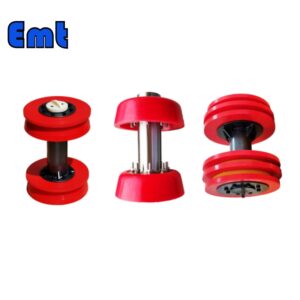
Mechanical pipe cleaning pigs are devices used to clean and maintain pipelines. They travel through the pipeline to remove debris, buildup, and obstructions. Equipped with brushes, blades, or scrapers, they effectively clear residues from the pipe walls. Industries such as oil and gas, water treatment, and chemical processing rely on these pigs for efficient pipeline maintenance. They help improve flow efficiency and prevent blockages, ensuring smooth operation. Additionally, mechanical pigs can adapt to various pipeline sizes and configurations, making them versatile tools in industrial applications.
Polyurethane Test Report | ||||
| NO. | TEST PROJECT | UNIT | TEST REPORT | TEST METHOD |
| 1 | Shore hardness | Shore A | 83 | GB/T 531.1-2008 |
| 2 | DIN abrasion | mm3 | 21 | GB/T 53516-1987 |
| 3 | Akron abrasion | cm3 | 0.0518 | GB/T 1689-1998 |
| 4 | 100% stress at definite elongation | MPa | 3.41 | GB/T 528-2009 |
| 5 | 300% stress at definite elongation | MPa | 5.74 | GB/T 528-2009 |
| 6 | Tensile strength | MPa | 51.2 | GB/T 528-2009 |
| 7 | Elongation at break | % | 1263 | GB/T 528-2009 |
| 8 | Tear strength(right angle) | kN/m | 77 | GB/T 529-2008 |
| 9 | Resilience rate | % | 34 | GB/T 1681-2009 |
Specifications
| Name | Mechanical Pipe Cleaning Pigs |
| Material | 1. steel framework main body. |
| 2. The disc material used to be Polyurethane, Viton, Neoprene, Nitrile butadiene etc. | |
| 3. The cup material used to be Polyurethane, Viton, Neoprene, Nitrile butadiene etc. | |
| 4. Steel brush or nylon brush. | |
| Feature | 1. Firstly, good wearing resistance. |
| 2. Secondly, strong passing ability. | |
| 3. Nice cleaning performance. | |
| 4. Then accurate location and tracking. | |
| 5. At last, a low rate of false positives. | |
| Packing way | packed pipe cleaning pigs with inner plastic film and outer plywood wooden case. |
| Payment | TT/LC |
| Advantages | 1. Firstly, good sealing performance. |
| 2. Secondly, high wear resistance. |
Applications of Mechanical Pipe Cleaning Pigs
Mechanical pipe-cleaning pigs serve multiple applications across industries. They efficiently remove debris, sludge, and scale from pipelines, ensuring smooth flow. In the oil and gas sector, they eliminate wax and other deposits that accumulate over time.
Additionally, these pigs clear rust and corrosion products, maintaining pipeline integrity. Before inspections, they prepare pipelines by cleaning them thoroughly, ensuring accurate results. They also separate different products in multiproduct pipelines, preventing contamination. During hydrostatic testing, pigs assist in drying pipelines, guaranteeing no water remains. These applications make them essential for maintaining efficient and safe pipeline operations.
Working Principle
In the pipeline to be operated, the corresponding series of pigs is placed according to the requirements of the operation. The outer edge of the pig cup is elastomically sealed with the inner wall of the pipeline, and the pressure difference generated by the pipe transport medium is used as the driving force to push the pig along the pipeline. The scaling or sediment in the pipeline is removed by the scraping and scouring function of the pig itself or the machine it carries.
Pigging Purpose
Clean the impurities, liquid accumulation, and pollution in the long distance natural gas pipeline, improve the efficiency of pipeline transportation, reduce the friction loss, reduce the corrosion of the inner wall of the pipeline, and extend the service life of the pipeline pigging cycle.
Pigging cycle
According to the pipeline conveying medium, the reasonable pigging period is determined according to the pipeline’s conveying efficiency and pressure difference. (Pipeline in service)
Magnitude of interference
The value of the outside diameter of the pig ball minus the inside diameter of the pipe as a percentage of the inside diameter of the pipe.


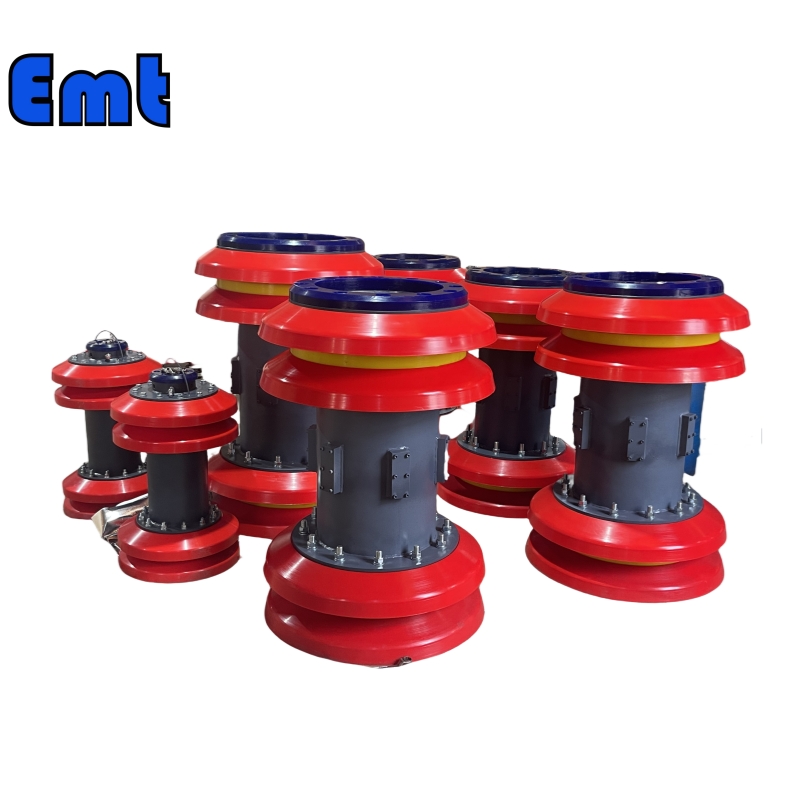
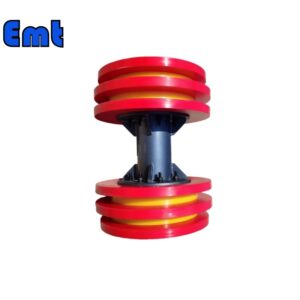
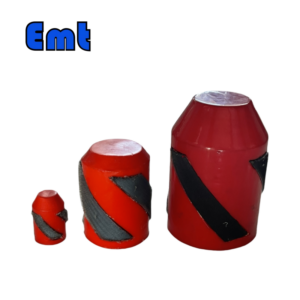
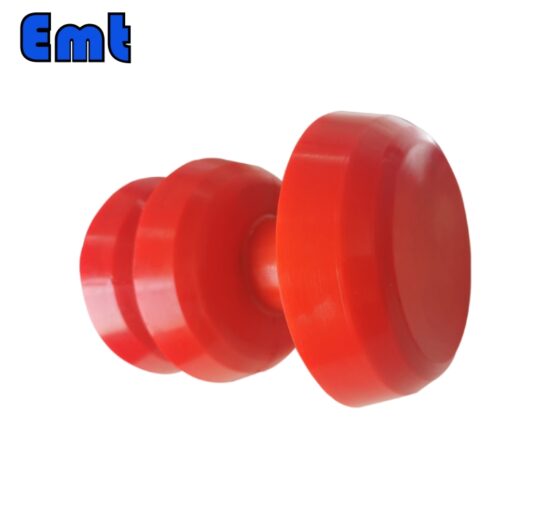
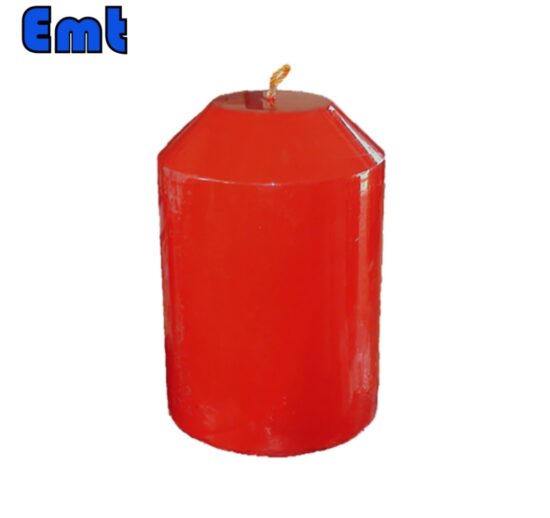
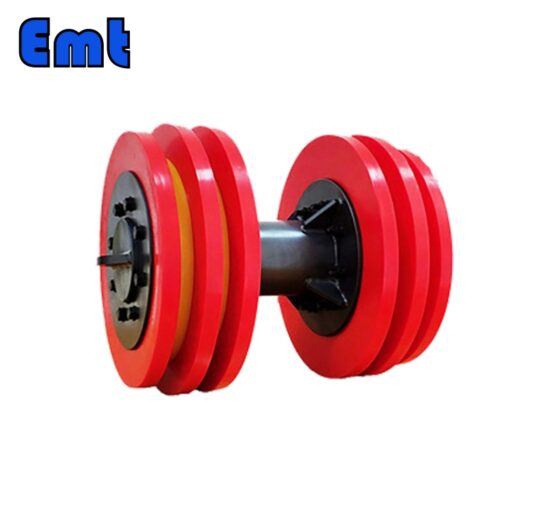
There are no reviews yet.